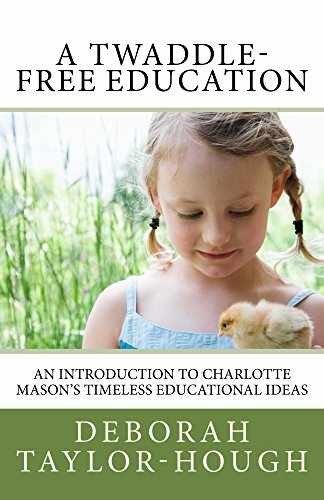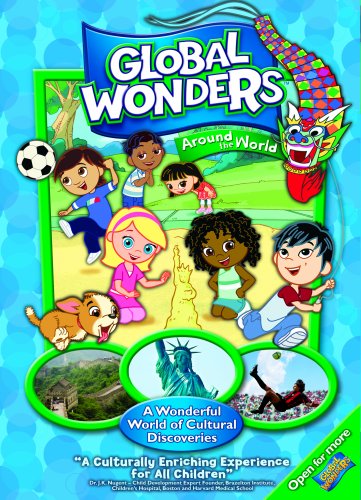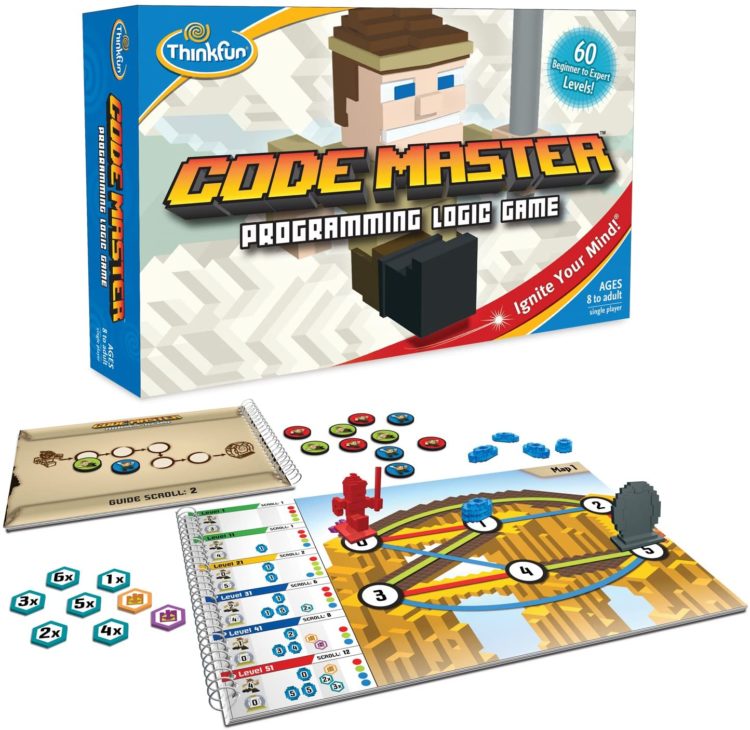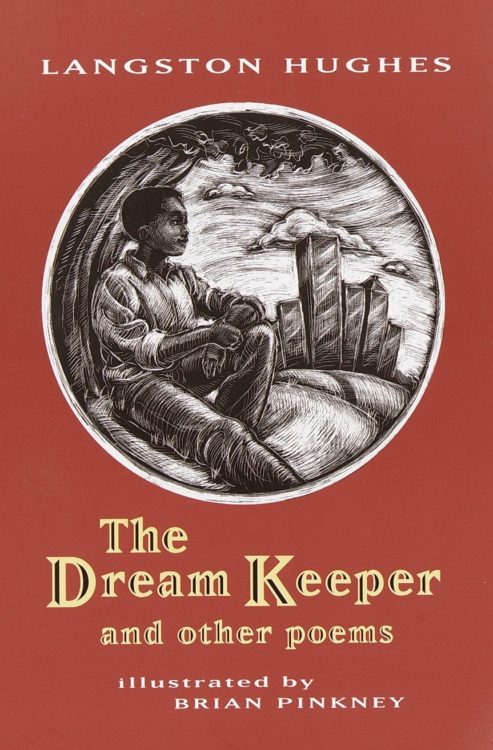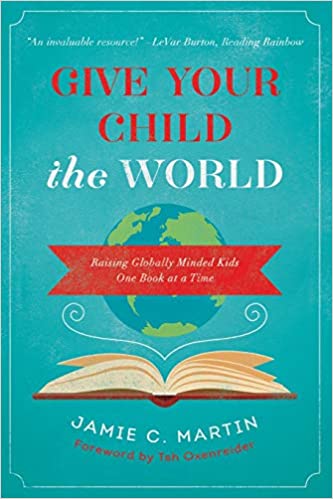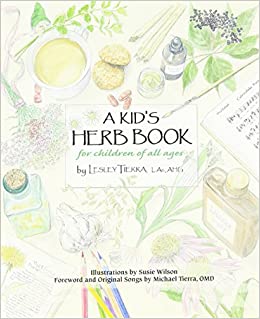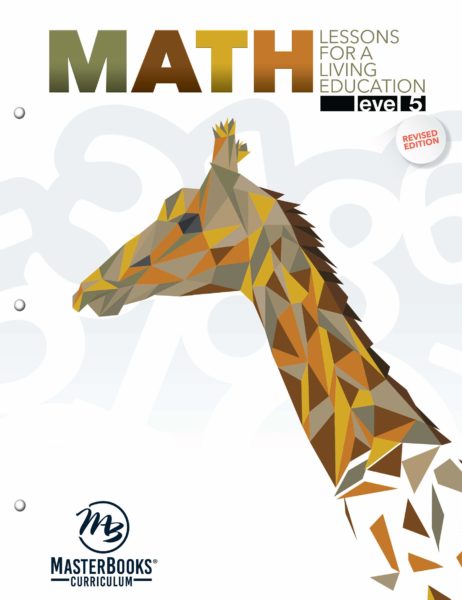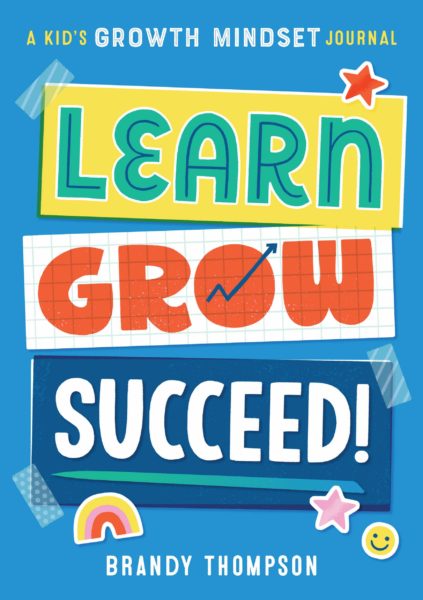If you’re considering homeschooling – or just looking for some fun, budget-friendly ideas – here’s a list of ideas, curriculum, books, and routines from a Work-At-Home mom’s perspective.
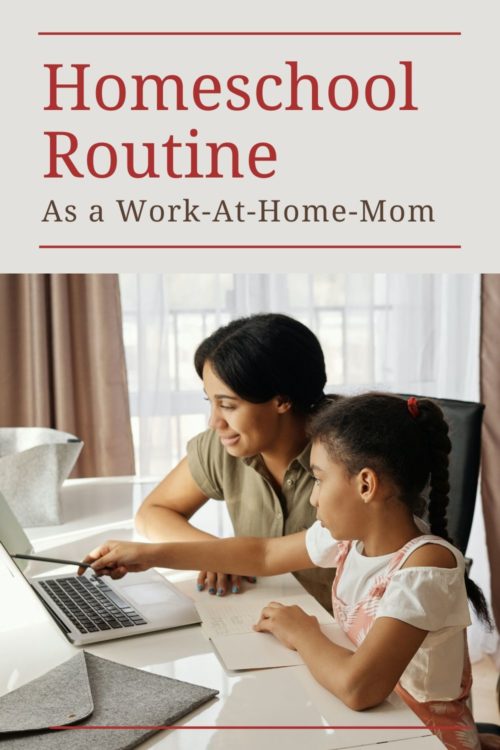
This post may contain affiliate links. Read my disclosure policy here.
Are you considering homeschooling this year?
Weird fact about me, but I was homeschooled from the beginning. I graduated as the first in my family to complete their education from home (as far as we know – that backwoods side of the family probably didn’t put their girls in school for a long time….) and I haven’t stopped learning since. Chris, my husband, was also homeschooled. While we think there are a lot of good reasons to put your kids in school, and every family has to do what works for them, homeschooling was a very natural choice for us.
(More details about our weird homeschool life in Chris’ and my unconventional love story, which was published by Love What Matters, here!)
I also work from home. It’s part-time, but I’ve been working part-time from home for most of my children’s lives. My mom worked from home most of my life – before moms working from home was a thing outside of Arbonne or Mary Kay. So this is a normal part of life for us.
Don’t want to read this whole post? Skip to the parts you need:
- Our top 3 homeschool priorities
- Our budget-friendly approach
- 3 Books for homeschool teachers
- Preschool Resources
- Early Elementary Resources (K-2nd Grade)
- Upper Elementary Homeschool (3rd-5th Grade)
- Our Sample Homeschool Day
- Our Current Homeschool Curriculum
Sometimes working from home while homeschooling is a total circus. It’s a hot mess. And sometimes it is just precious.
Again, while this was a natural decision, it is also not the easy decision. Sometimes working from home while homeschooling is a total circus. It’s a hot mess. And sometimes it is just precious, like the photos in this post.
If you follow me on Instagram and Facebook Stories, you see more of the hot mess side of things. Usually in the form of videos of loud children and messy kitchens.
Since I can look at homeschooling both from a student’s point of view and from a teacher’s, I’ve had a lot of fun guiding our children’s education over the years.
Naturally, we have made our homeschool education very budget-friendly, and as a working homeschool mom, independent-learning is extremely important to me.
Keep in mind this isn’t a comprehensive homeschooling resource. I do point you to some books that go more in-depth. But if you’re looking for some simple homeschooling ideas, here is what worked for us in the last 5-6 years.
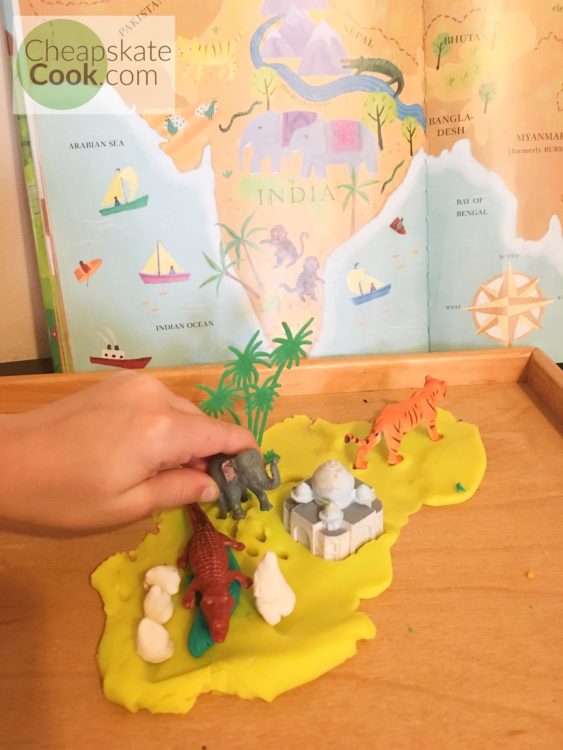
Homeschool as a Working Mom
As a working homeschool mom on a budget, Our main goals for our curriculum, books, and games are that they:
- Nurture a love for learning
- Are budget-friendly
- Inspire independent learning
We care about the 3 R’s and Science and that they memorize their multiplication tables. But mostly, we want to raise independent, healthy adults.
1. Love for Learning
Learning has to be fun. For some subjects (like Spelling), I tell my older kids to suck it up, Buttercup. Life is a bunch of doing hard things. But for many subjects, I pay attention to what they love and how they learn best.
We try to give our kids the tools to nurture that love for learning. Do they prefer workbooks and cut-and-dry-curriculum? Let’s do that. Do they love writing and open-ended projects? More of those, then. Everyone is unique, so the way we learn is unique. One of the benefits of homeschooling is that we can be flexible for each child and switch things up when one method isn’t working.
2. Budget-Friendly
These places are always my first go-to’s for curriculum and school supplies:
– The library
– The library app
– Thrift stores
– Free educational apps
– Free printables and games online
– Homeschooling friends who are getting rid of curriculum
– The Dollar Store and all the random workbooks and craft supplies you can find there.
In fact, many of the books and toys and games on this list were found at thrift stores over the years or I put them on my kids’ wish lists for grandparents and family.
Sometimes convenience trumps budget. And sometimes the budget has to come first. There are a ton of free resources and tools online, and I shared some below. Find what works for you!
3. Independent Learning
Because I work from home as well, I try to encourage as much independent learning as possible. We set up kids with games, I assign reading and other assignments for the week, I read aloud a few mornings a week, and I correct math. If a child is struggling with a concept, I help them with it or we turn to the internet for research.
Never underestimate the power of playing outside, educational TV shows, apps, board games, or simply reading good books. Kids learn so much by playing.
Books for Homeschool Teachers
My favorite books about homeschooling focus on the Montessori and Charlotte Mason educational methods. I chose these methods for our family for a few reasons:
- They seemed like the most fun for my active, hands-on boys
- You can make them very budget-friendly
- They encourage independent learning
These books are my favorite easy-reads and footnote versions of the Charlotte Mason and Montessori methods.
- A Charlotte Mason Education: A Home Schooling How-To Manual, By Catherine Levison
- A Twaddle-Free Education: An Introduction to Charlotte Mason’s Timeless Educational Ideas, By Deborah Taylor-Hough
- How to Raise an Amazing Child the Montessori Way, By Tim Seldin
These easy reads share a few perspectives that I found helpful when deciding what homeschooling would look like for us. There are a lot of different ways to homeschool. If this doesn’t work for you, try something else! You’re the boss.
A Twaddle-Free Education highlights ways you can give you kids an excellent education while staying extremely budget-friendly.
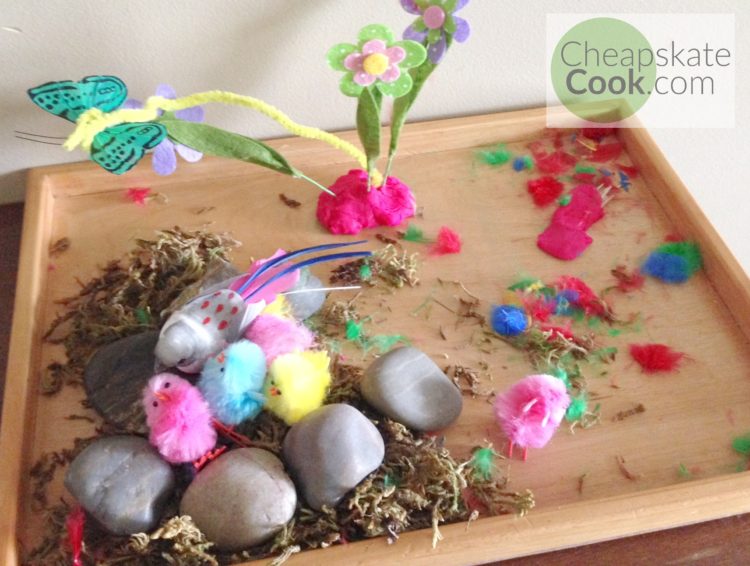
Preschool Homeschool
My main goal for preschoolers is that they learn through playing. We read books out loud, we play with crayons, markers, sticks, rocks, play dough, and we practice fine motor skills. We read fun books from the library.
Don’t forget educational TV shows and DVDs! God bless Daniel Tiger.
– Play outside! Seriously.
– Free Printables for tracing, letters, and numbers (tons of ideas here)
– Montessori Trays (tons of ideas here)
– Puzzles (first these then these when they’re ready)
– Channie’s Dry Erase Alphabet/Number Flash Cards (Channie’s is awesome!)
– Leapfrog Colors, Shapes, and Numbers Dry Erase Practice Workbook for Pre-K
– The Bob Books (Reading)
– Storybook Treasury of Dick and Jane and Friends (Reading) (bought this at a thrift store on a whim – it’s been amazing for teaching my kids to read.)
– Kids Cook Real Food (Get a free download: 10 Snacks Your Preschooler Can Make, here!)
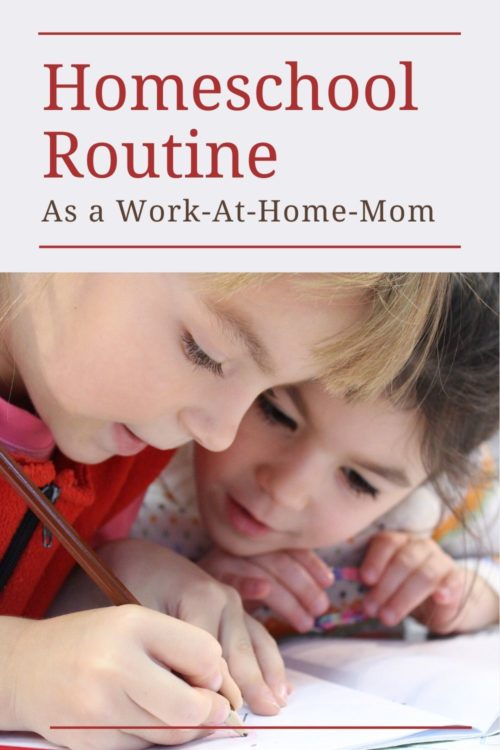
Read Aloud Books for Preschool
These books have incredible lists of awesome read-aloud books full of diversity, beautiful illustrations, and fun writing! Look for the books they list at the library!
- Before Five-in-a-Row (shows you how to take a read-aloud book and turn it into a week’s work of learning in all different subjects)
- Give Your Child the World (I applied the 5-in-a-Row concept to the books here)
Educational Games & Toys
These open-ended games and toys went a long way in teaching our kids important skills in preschool. They kept them learning and playing so I could work.
- Montessori Sandpaper Letters (plus how to use them)
- Melissa & Doug Letter Matching Game/Puzzle
- Pattern Blocks & Boards
- Melissa & Doug Lace & Trace
- Wooden Geoboard Mathematical Manipulative
- Magnetic Tiles Building Set
Educational DVDs and TV Shows
- Daniel Tiger’s Neighborhood
- Super Why
- Leap Frog Letter Factory
- Leap Frog Phonics Farm
- Leap Frog Number Land
- Leap Frog Numbers Ahoy!
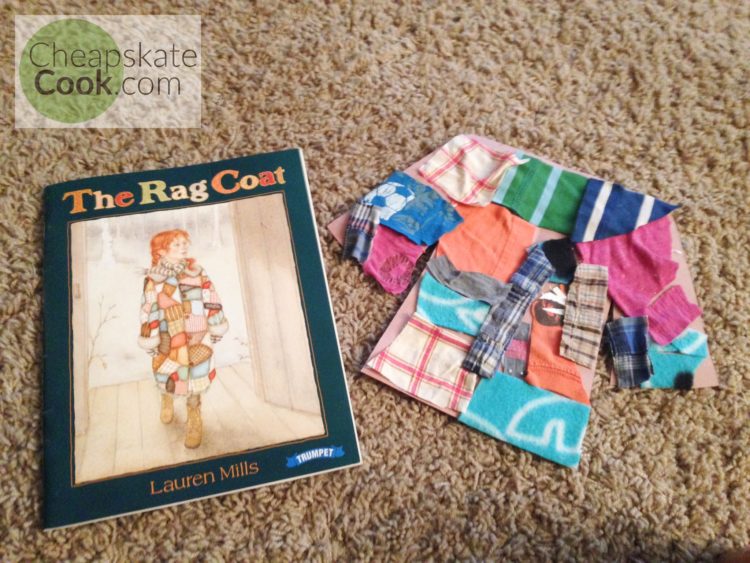
Early Elementary Homeschool (K-2nd Grade)
During these grades, we focus heavily on learning how to read and basic math skills, keeping a strong emphasis on outdoor play, educational games, and read-a-louds. Don’t forget educational TV shows and DVDs!
– Workbooks (like Brain Quest!)
– Explode the Code (Phonics)
– Play outside! All the time.
– Free Printables for learning (tons of ideas here)
– Montessori Trays (tons of ideas here)
– The Bob Books (Reading)
– Storybook Treasury of Dick and Jane and Friends (bought this at a thrift store on a whim – it’s been amazing for teaching my kids to read.)
– Learning games and printable unit studies (Science, Geography)
– Channie’s Quick & Neat Writing Pad, Practice Handwriting & Printing Workbook (game-changer for handwriting!)
– Kids Cook Real Food (Get the best class for $7 here!)
Homeschool Math
- Life of Fred (makes math concepts very fun and entertaining – we use it as a supplement to our Math curriculum and borrow them from the library)
- Math Lessons for a Living Education
Read Aloud Books for Early Elementary
These books have incredible lists of awesome read-aloud books full of diversity, beautiful illustrations, and fun writing! We use the books in the lists to help us learn about History, Science, Geography, and Social Studies. Look for the books at the library!
Once our kids are reading well, we use these lists to find good books they can read on their own as well.
- Five-in-a-Row (shows you how to take a read-aloud book and turn it into a week’s work of learning in all different subjects)
- Give Your Child the World (I applied the 5-in-a-Row concept to the books here)
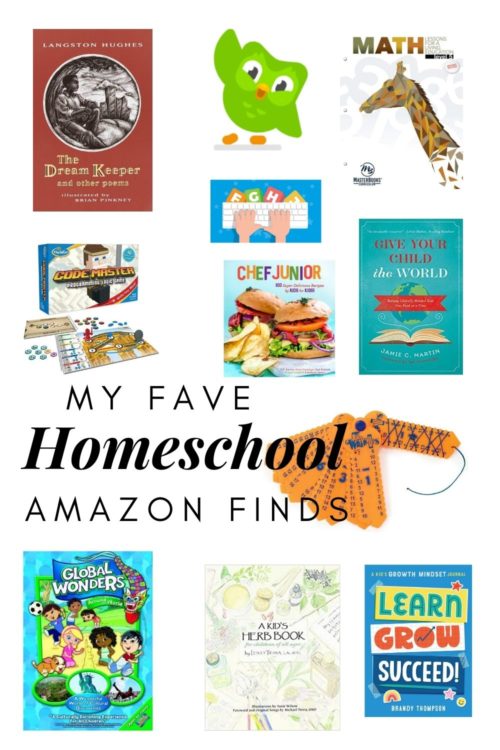
Educational Games & Toys
These games and toys went a long way in teaching our kids important skills in early elementary. They also keep kids learning and playing so I can work.
- USA Puzzle with pieces the shape of States
- Scrabble Junior
- Monopoly Junior
- Boggle Junior
- Pattern Play
- Montessori Sandpaper Letters (plus how to use them)
- Melissa & Doug Letter Matching Game/Puzzle
- Pattern Blocks & Boards
- Melissa & Doug Lace & Trace
- Wooden Geoboard Mathematical Manipulative
- Magnetic Tiles Building Set
- Splash Learn (Online – free Math games!)
- ABCYa (Online – free games for multiple subjects!)
Educational DVDs and TV Shows
Most of the DVDs we get from the library!
- Signing Time
- WhistleFritz Spanish Immersion
- Duolingo (free! But not always good for kids who are just going to click around for answers and won’t try to learn the language)
- Global Wonders (there’s a whole series! So good)
- What’s in the Bible
- School House Rock
- Peg + Cat (Math! Also, it’s hysterical.)
- Super Why
- National Geographic or Disney Nature Documentaries
- Magic School Bus
- Crash Course Kids (YouTube!)
Online Curriculum:
These are fantastic free curriculum guides for homeschoolers.
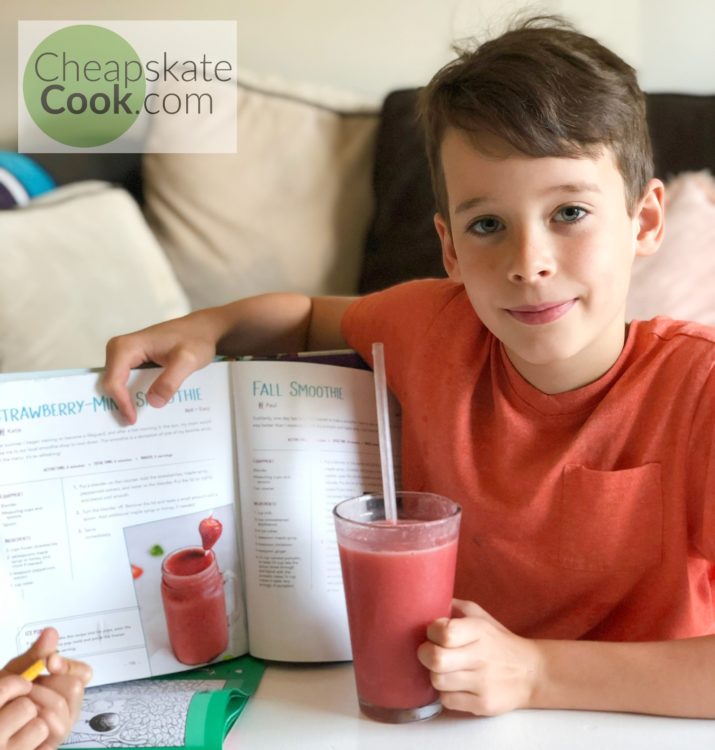
Upper Elementary Homeschool (3rd -5th Grade)
This is when we start adding more structure and more traditional-looking school work to our routine. We focus more on Grammar, Science, History, Reading assignments, and some Writing. It’s still very independent (they read, they fill in notebooks or answers to questions). I look over their assignments once a week and help them with any concepts they’re struggling with (sometimes YouTube helps us too – Thank God for YouTube.)
– Workbooks (like Brain Quest!)
– Simply Grammar (Grammar)
– Play outside.
– Growth Mindset Journal (Journal/Writing)
– Me: A Compendium (Journal/Writing)
– Spelling Power (Spelling)
– Free Printables for learning (tons of ideas here)
– Learning games and printable unit studies (Science, Geography)
– Channie’s Quick & Neat Writing Pad, Practice Handwriting & Printing Workbook (game-changer for handwriting!)
– Kids Cook Real Food (Get the best class for $7 here!)
Math
- Life of Fred (makes math concepts very fun and entertaining – we use it as a supplement to our Math Curriculum and borrow them from the library)
- Math Lessons for Living Education
Read-Alouds
These books have incredible lists of awesome read-aloud books full of diversity, beautiful illustrations, and fun writing! We use the books in the lists to help us learn about History, Geography, and Social Studies. Look for the books they list at the library!
- Five-in-a-Row (shows you how to take a read-aloud book and turn it into a week’s work of learning in all different subjects)
- Give Your Child the World (I applied the 5-in-a-Row concept to the books here)
- Story of the World (History)
Educational Games & Toys
These games and toys went a long way in teaching our kids important skills in early elementary.
- Scratch (Online – free Programming and logic!)
- Code Master (Programming and logic)
- SmartLab Toys Squishy Human Body (Science)
- Typing Club (Online – free Typing!)
- Splash Learn (Online – free Math games!)
- ABCYa (Online – free games for multiple subjects!)
Online Homeschool Curriculum
These are fantastic free curriculum guides for homeschoolers.
DVDs and TV Shows
- Signing Time
- WhistleFritz Spanish Immersion (for younger kids, but if they are just starting Spanish, the immersion is great!)
- Duolingo (free! But not always good for kids who are just going to click around for answers and won’t try to learn the language)
- Global Wonders (there’s a whole series! So good)
- What’s in the Bible
- School House Rock
- National Geographic or Disney Nature Documentaries
- Magic School Bus
- Crash Course Kids (YouTube)
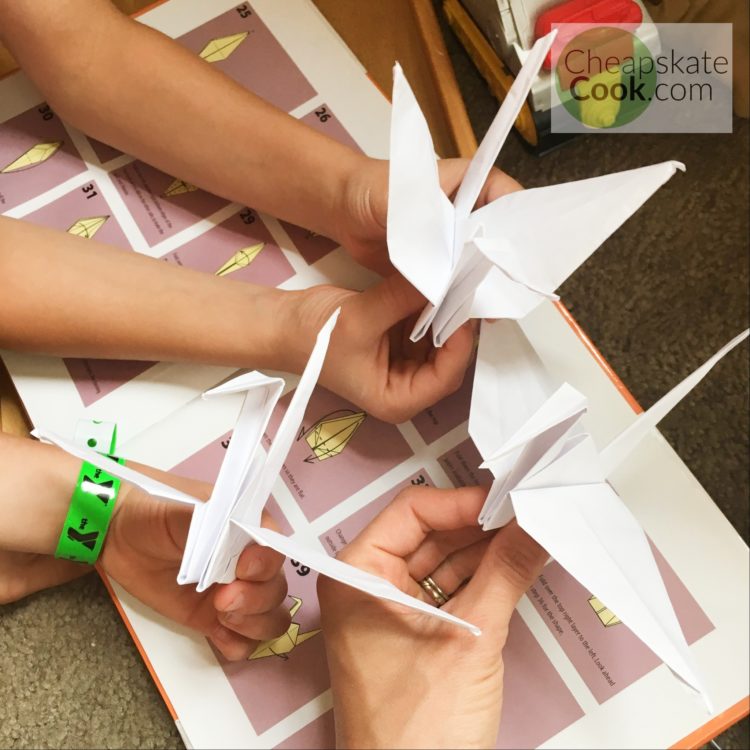
Our Sample Homeschool Day
For a working mom on a budget, here is a sample of what our day looks like. But please understand that every day is different. This is kind of an ideal day – very few days look just like this.
To get a more accurate view, insert things like this at all the least-convenient times:
- “Break up a fight.”
- “Validate kids’ feelings with a long talk.”
- “Put everyone in time out. Again.”
- “Listen to 20 minutes of kid’s latest escapades and opinions on Fortnite/Minecraft/Pokémon.”
- “Snuggle 5-year-old because he asked and he’s just too cute.”
- “Answer kid’s awkward questions about private parts.”
- “Help kid with math questions that make me want to cry.”
- “Apologize to kid for making him cry during math corrections.”
- “Play Candy Crush while kids tear apart the living room for the 6th time today.”
- “Remind kids for the 1,284th time that they’re going too far with the fart jokes.”
- “Answer 15 questions about what’s for dinner.”
- “Snuggle with big kid because he asked and before I know it, he won’t ask anymore.”
My kids are in Kindergarten, 3rd grade, and 5th grade. School routines have looked very different in different seasons. Typically, we adjust our curriculum and schedule every semester. Life changes quickly and unexpectedly, so we reevaluate every few months to make sure what we’re doing still works for us.
Find what that works for you and give yourself the grace to live your very real, messy, wonderful life.
Our Homeschool & Work-at-Home Routine
6 am – Wake up, work or workout (I alternate days)
8 am – Kids come out of their room, and we eat breakfast and do chores. They have until 10 am to get ready for the day and do chores.
9 am – Read Aloud Time – I read from a few books we’re reading together.
10 am – Kids do independent school and chores. I do some lunch/dinner prep. Then the kids take turns doing 1-on-1 school time with me (10 – 15 minutes tops), then they each have 10 minutes playing with me (before you get any precious ideas about this, we usually just take turns playing Candy Crush or Tetris on my phone. We love it, and we have no shame.)
12 pm – Lunch
1 pm – Work time for me. The kids finish school and chores, play legos, do crafts, read, or play outside. Usually, there is some screen time here too.
4 or 5 pm – Outside play (in the warmer months, this is the best time to play outside where we live).
6 pm – Tidy the house for the evening. We live in a small house with wild, amazing boys, and this nightly ritual is essential to sanity and health and safety standards.
6:30 pm – Dinner
7:30 – Kids get ready for bed (often Chris does this part so I can work)
8 pm – Kids go to bed
8:15 pm – Finish work time
8:45/9 pm – Chris and I hang out
10 pm – Get ready for bed
10:30 pm – Bedtime (I try to get 7-8 hours of sleep every night. Doesn’t always happen, but it’s a goal)
Our Current Homeschool Curriculum
Here is what our kids are currently using for school. My kids are in Kindergarten, 3rd grade, and 5th grade. Typically, we adjust our curriculum and schedule every semester. Life changes quickly and unexpectedly, so we reevaluate every few months to make sure what we’re doing still works for us.
Bite-Size Learning
The bite-size learning concept has been a sanity-saver with young kids. I would blame technology on their short attention spans, but I learned this concept from Charlotte Mason, who lived 100 years ago. So maybe this is just how we learn best. It certainly works for us.
I plan for every subject to take no longer than 10-15 minutes tops. This means the lessons and activities are short, to-the-point, and leave plenty of buffer in our day for the kids to explore the concepts more if they like. They do about 4 hours total of planned school time, but the assignments themselves are easy to digest and expand as needed.
Sanity-Saver:
Plan for most subjects to take no longer than 10-15 minutes.
Read-Aloud Time
Three mornings a week, I read out loud from a few books.
We talk about what we read, and the kids sometimes have their sketchbooks and draw or write notes about what I’m reading.
Read Aloud Time only takes 30-45 minutes tops.
Our Current Read Alouds:
- Bible – right now we’re reading through the stories of Jesus
- The Dream Keeper, by Langston Hughes (we re-read these so the kids can memorize them)
- Stories for Boys Who Dare to be Different by Ben Brooks
- My Little Memory Verses (for memory work)
Past Read Alouds We’ve Enjoyed:
- Tales from Shakespeare, by Charles and Mary Lamb
- Character First (gifted to us years ago – not my favorite, but it has some great concepts!)
- Anything from Five-in-a-Row
- Anything from Give Your Child the World
- Story of the World
- The Book of Virtues
Memory Work
During lunch, we listen to some memory work. This is an easy and entertaining way to get things into the kids’ heads that they can use in the future.
- We use the Classical Conversations Memory Work App (I actually paid for this because it is SO good and easy).
- And the Classical Conversations Timeline & More album.
Learning DVDs & Videos
A few afternoons a week, the kids watch their educational videos. We typically borrow these from the library or find them on Amazon Prime.
- Spanish – Whistlefritz (look for it at your library!) and Amazon Prime videos (right now they have Little Pim)
- American Sign Language – We use SigningTime DVDS from the library
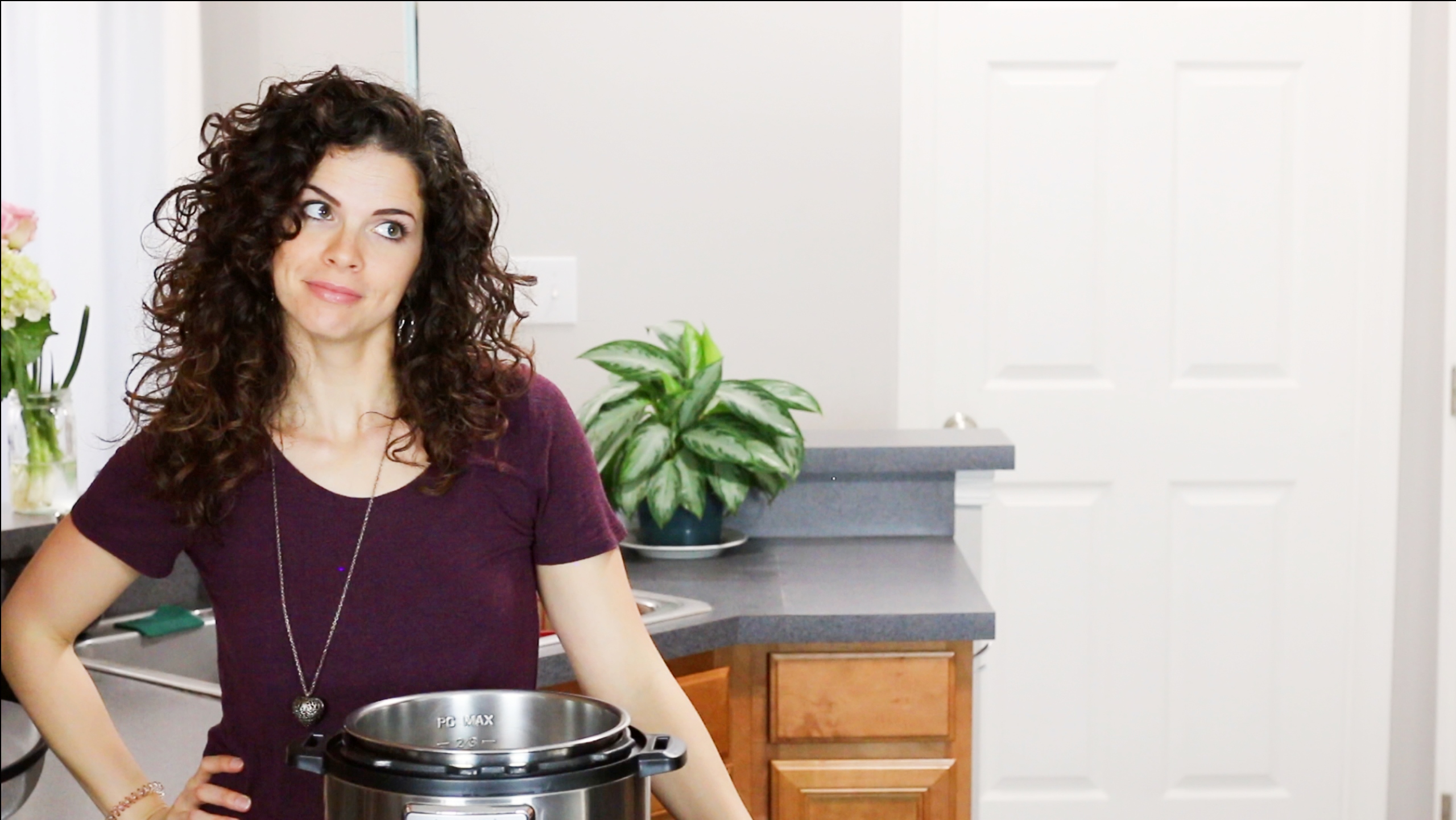
Need to Get Dinner on the Table?
And breakfast and lunch and snacks, and.. and… and…. Let our menu plan do the work for you.
Kindergarten Homeschool Curriculum
He sits with us during read-aloud time, doodling in his sketchbook – typically drawing pictures that have nothing to do with what we are reading.
Is my 5-year-old paying attention to these stories? I don’t know, really – except he can quote some of Langston Hughes’ poems. So something is sticking.
Kindergarten Reading
- A few pages of his Kindergarten workbook (like Brain Quest!)
- Storybook Treasury of Dick and Jane and Friends – I read with him one-on-one.
Kindergarten Math
- A few pages of his Kindergarten workbook (like Brain Quest!)
- Math Wrap-Ups (for memorizing math facts – we found these at the library)
- Life of Fred (makes math concepts very fun and entertaining – we use it as a supplement to our Math curriculum and borrow them from the library)
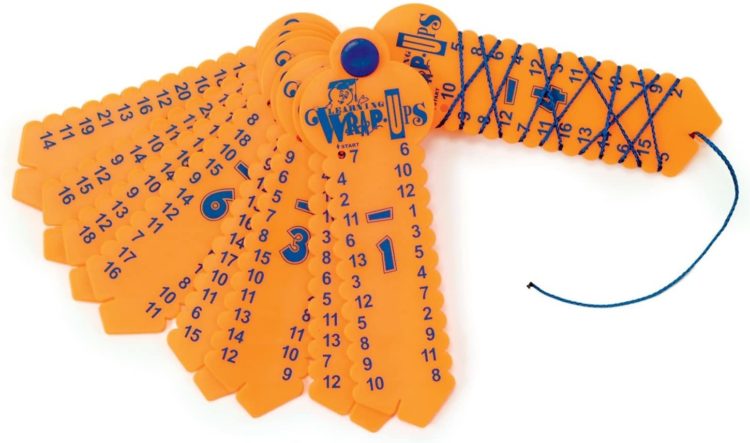
Kindergarten Handwriting
We Use Channie’s Quick & Neat Writing Pad, Practice Handwriting & Printing Workbook and just go through the letters, numbers and words
Kindergarten History/Social Studies:
He and my 3rd Grader do history together. We are studying United States History, reading books aloud from Give Your Child the World, and doing projects and coloring pages related to what we are reading. It is very simple and low-key, but they love it and our discussions show me they are learning a lot.
Other Kindergarten School Subjects
- Kids Cook Real Food – He just finished the Beginners Level!
- Busy Boxes & Montessori Trays – We have a few of these pre-made in our school cabinet and he can take them out whenever he likes. Sometimes I set something up for him, but this is largely child-led
- Spanish – Whistlefritz (look for it at your library!) and Amazon Prime videos (right now they have Little Pim)
- American Sign Language – We use SigningTime DVDS from the library
- Educational Games & Toys – Anything listed in the Early Elementary Section above! We play together or plays on his own. Again, very child-led. And some days he just plays with Legos, which I consider pretty educational anyway.
- Ukulele – This particular kid is very musically inclined, so we play some ukulele on some days. Every kid is different. My other kindergarteners were into catching bugs and climbing things they weren’t supposed to. We just work with what we have.
3rd Grade Homeschool Curriculum
During Read-Aloud time, I randomly call on kids to tell me in their own words what we just read. Or they draw in their sketchbooks something related to what we’re reading. When we read poetry or memory verses, they quote them back to me.
3rd Grade Math
- Math Lessons for a Living Education
- Math Wrap-Ups (for memorizing math facts – we found these at the library)
- Life of Fred (makes math concepts very fun and entertaining – we use it as a supplement to our Math curriculum and borrow them from the library)
- Splash Learn (Math Games!)
- ABCYa (Learning Games!)
3rd Grade Science
We’re trying a new concept for Science this year. We are doing Interest-led science projects. Essentially, he chooses a subject he is interested in, and he has several weeks to research the subject (library books, YouTube videos, etc.) and create a project demonstrating what he learned.
Currently, he is using A Kids Herbs Book to learn more about medicinal herbs, and he is creating a lapbook about them.
3rd Grade Reading & Writing
He reads a lot on his own, but this year he will be reading a lot of kids’ historical fiction about United States History.
His Science and History incorporate short writing assignments, and he keeps a daily journal (similar to this, with lined pages and drawing space).
3rd Grade History/Social Studies:
He and my Kindergartener do history together. We are studying United States History, reading books aloud from Give Your Child the World, and doing projects and coloring pages related to what we are reading. It is very simple and low-key, but they love it and our discussions show me they are learning a lot.
More 3rd Grade School Subjects:
- Brain Quest Workbook
- Handwriting – we don’t do anything in particular. They know how to properly form letters, and if their handwiritng gets sloppy, we go back to Channie’s for a refresher.
- Kids Cook Real Food and Chef Junior (Cooking – the kids make dinner themselves a few times a month)
- Typing Club (Typing) Free
- Scratch (Coding & Logic) Free
- Art for Kids Hub Free
- American Sign Language – We use SigningTime DVDS from the library
- Spanish – Whistlefritz (look for it at your library!) and Amazon Prime videos (right now they have Little Pim) and Duolingo Free
- Ukulele – We use a free app for teaching. It’s not the best, so I won’t link to it. But it’s what works for us right now. There are a ton of free videos on YouTube as well.
- Spelling – We don’t do anything particular for this except the occasional Spelling Power placement test to ensure they are progressing.
5th Grade Homeschool Curriculum
He listens for Read-Aloud time. After each reading, I ask either him or one of his brothers to “narrate” what we just read. This is a Charlotte Mason concept, but it essentially means asking him to retell the story in his own words. It doesn’t have to be a comprehensive retelling. It simply demonstrates to me that he is (mostly) listening.
Sometimes we use sketchbooks while I read. The older kids are invited to draw or write something to do with the story/poem/passage and use it to help them narrate afterward. The only rule is that doodles have to be relevant to what we’re reading – no Minecraft or Fortnite designs unless, of course, they resemble Shakespeare characters.
5th Grade Math
- Math Lessons for a Living Education
- Math Wrap-Ups (for memorizing math facts – we found these at the library)
- Life of Fred (makes math concepts very fun and entertaining – we use it as a supplement to our Math curriculum and borrow them from the library)
- Splash Learn (Math Games!)
- ABCYa (Learning Games!)
5th Grade Science
We’re trying a new concept for Science this year. We are doing Interest-led science projects. Essentially, he chooses a subject he is interested in, and he has several weeks to research the subject (library books, YouTube videos, etc.) and create a project demonstrating what he learned.
Currently, he is learning how to use Powerpoint and deciding which subject he wants to learn about first.
5th Grade Reading & Writing
He reads a lot on his own, but this year he will be reading a lot of kids’ historical fiction about United States History.
His Science and History incorporate short writing assignments. Additionally, he is doing distance learning with my mother (yay video chat!), reading classic children’s literature, and learning how to write an essay using the Institute for Excellence in Writing.
5th Grade History
For History, our 5th grader is reading A History of Us, by Joy Hakim. For each chapter, he chooses between several printables – found for free on Canva – with writing assignments and projects that demonstrate what he learned.
More 5th Grade School Subjects:
- Handwriting – we don’t do anything in particular. They know how to properly form letters, and if their handwiritng gets sloppy, we go back to Channie’s for a refresher.
- Simply Grammar (Grammar)
- Growth Mindset Journal (Journal/Writing)
- Typing Club (Typing) Free
- Scratch (Coding & Logic) Free
- Art for Kids Hub Free
- Kids Cook Real Food and Chef Junior (Cooking – the kids make dinner themselves a few times a month)
- Spanish – Whistlefritz (look for it at your library!) and Amazon Prime videos (right now they have Little Pim) and Duolingo Free
- American Sign Language – We use SigningTime DVDS from the library
- Ukulele – We use a free app for teaching. It’s not the best, so I won’t link to it. But it’s what works for us right now. There are a ton of free videos on YouTube as well.
- Spelling – We don’t do anything particular for this except the occasional Spelling Power placement test to ensure they are progressing
Homeschooling Our Kids
Homeschooling is not easy. Then again, sending your child to school is not easy either. There are pros and cons to every educational method you choose.
Right now, homeschooling works for us.
We love it, even.
You will find something that works for you, too!
Do You Have Homeschooling Questions?
Do you have any homeschooling questions? Drop them here and I’ll answer them to the best of my ability!
If you found this post helpful, let us know! Leave a comment, share it on Facebook or Pinterest, and follow us on Instagram or YouTube for more!
Slash your grocery budget and feed your family real food! Get simple, frugal, real food menu plans every month for FREE in the Cheapskate Cooks’ 1-Min Email. Get your first one here.

